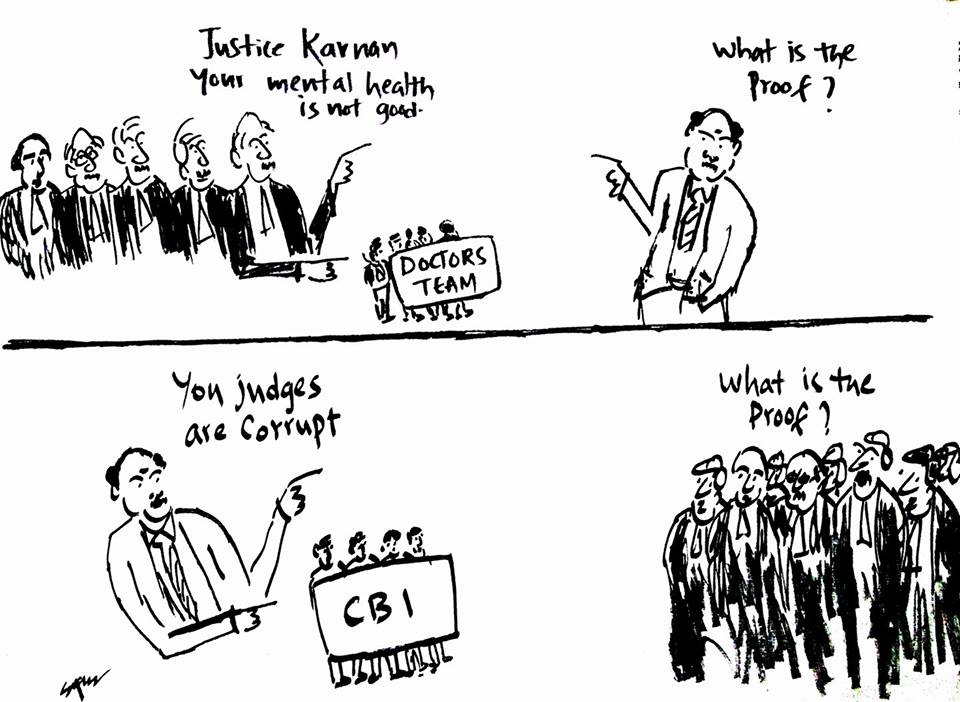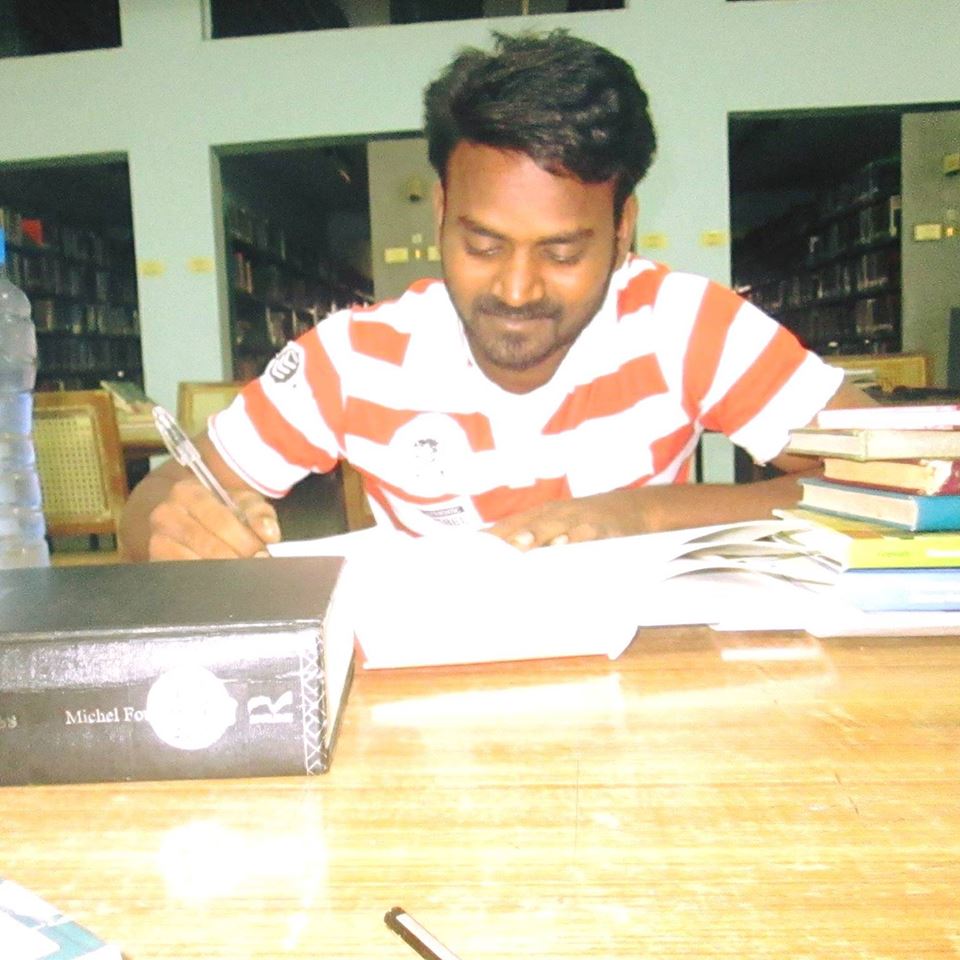S. Kumar
PM Narendra Modi started his Mann ki Baat i.e. Straight from the Heart, program in Oct’ 2014. It is often called Mann-Maani Baat i.e. arrogant self-made decision, in Hindi to define it as one-way communication. The term Mann-Maani Baat coined by people applies well to the Mann Ki Baat program.
During the program, widely telecasted by Government owned media and private owned live channels including radio channels, PM speaks whatever he wishes to speak. Further, he has absolutely no accountability for any true or false information he conveys during the program. Like in one of the programs, PM Modi said that about Rs 3 Lac crores untaxed cash was revealed during the infamous Demonetization exercise. After a few days, Finance Ministry of the same Government gave completely different figures.

The topic of this is article is that Supreme Court of India has started a similar program and it can be similarly called Man-Maani baat. The Supreme Court of India can be equivalently called Brahmin Court, as it has near 100% Brahmin caste representation, but this topic can be elaborated in a separate article.
Supreme Court has been following the Collegium system of appointment of Judges in higher judiciary i.e. Supreme Court and High Court for a quite long time now. After a lot of criticism, the Supreme Court has recently in Oct’ 2017 started publishing the “Resolution of Collegium” on its public website.
Let us analyze how the publication of “Resolution of Collegium” is akin to Mann ki Baat.
In almost all the cases, the Collegium does not provide a full list of candidates who have shown their interest in the position. Further, it does not provide the shortlisted candidate/s, along with the rationale of shortlisting, to be considered for the final selection process. Additionally, the Collegium report refers to the consultation with some colleagues, who are not named, and their individual comments are not published.
The report does not provide any mention of the colleagues being consulted for making such an important decision. Do they come from a family relation of the collegium or have a conflict of interest with the candidate being considered for the position.
Moreover, the Collegium also refers to some letters by Chief Justice of High Court/s or the High Court Collegium recommendation/s without providing the contents of the communication. If this is not all, then the Collegium also refers to Intelligence Bureau report/s based on which candidate can be rejected and it never provides what objectionable issues caused the rejection of the candidate/s. There are numerous examples to illustrate the above points in the short history of three months since the Supreme Court has started publishing the Collegium decisions.
The collegium decision dated 3rd Oct 2017: the resolution decides on the appointment of Judges in Madras High Court. The collegium resolution doesn’t provide any details of the number of candidates considered for the position. One of the resolution notes:
“As regards Dr. K. Arul (mentioned at Sl. No. 6 above), keeping in view the material on record, including the report of Intelligence Bureau, he is not found suitable for elevation to the High Court Bench.”
But beyond this resolution, it does not provide any details of what observations in the Intelligence report found him unsuitable for the position. If the person is a criminal, then he should be immediately taken to task. Further, the document states that:
“we have gone through the letter dated 30th January 2017 of the then Chief Justice of the Madras High Court who has duly recorded reasons for not recommending names of these Judicial Officers. We are satisfied with the reasons assigned by the Chief Justice of the Madras High Court and find no merit in the said representations which deserve to be rejected.”
However, where is the 30th Jan 2017 letter and what are the reasons assigned for not recommending certain candidates? Are those valid reasons which public can trust.
Similarly, in another decision for the appointment of Judge in Kerala High Court taken on 3rd Oct 2017, the collegium states that
“… proposal involves non-recommendation of a Judicial Officer of Kerala State Higher Judicial Service, who, in the seniority list of Judicial Officers, stands at a higher position than two of the above-named recommendees. In this regard, we are in agreement with the justification given by the High Court Collegium in its Minutes for overlooking his name.”
So, the question that strikes any reader would be: who is the senior officer not recommended? Further, what are the justifications provided by the High Court Collegium for not recommending the same?
Another Collegium resolution for the decision taken on 10th Jan 2018 states that
“In order to ascertain suitability of the recommendees … for being appointed as Permanent Judges, we have consulted our colleagues who are conversant with the affairs of the Allahabad High Court “
The Collegium report seems very similar to Mann ki Baat by PM Modi, both providing incomplete details and even misleading information, perhaps. For the citizens of the nation, both remain completely useless without providing any transparency and accountability to either Mr. Modi or to the Judiciary.
It is high time that the Judiciary realise the importance of their decisions on appointment of Judges. Without credible judges, no judicial institution can survive. The trust of the people in Judiciary can only be gained by making the institution more transparent, efficient and accountable.
~~~
S Kumar is a technocrat with education from a top engineering institution.
Cartoon by Unnamati Syama Sundar.










